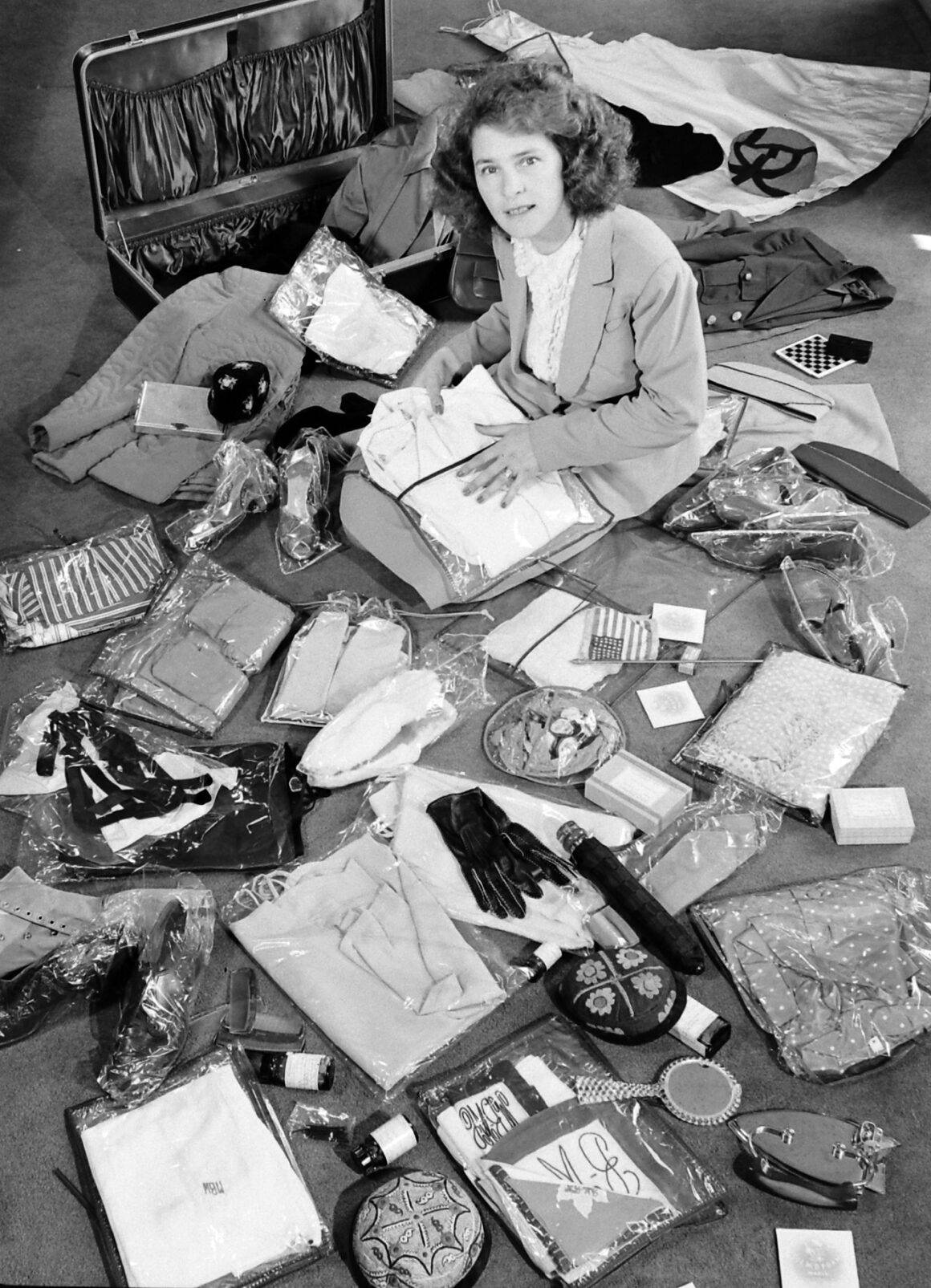Explore the groundbreaking work of Margaret Bourke-White, an icon of 20th-century photography celebrated for her remarkable contributions to photojournalism and war photography. Read about her impactful journey through The Game Magazine’s special Women's History Month feature on her life, significance, and unique style.

The Enduring Influence of Margaret Bourke-White
In honor of Women’s History Month, we spotlight Margaret Bourke-White for her remarkable achievements in photography as the first American female war photojournalist. This article aims to highlight her life and underscore her importance in the photography world; a story of courage, innovation, and the relentless pursuit of truth through the art of photography.
Who Was Margaret Bourke-White
Margaret Bourke-White stands out as a formidable figure in 20th-century photography, not only breaking through the glass ceiling as a female photographer but also setting the standard for photojournalism and documentary photography. Born in 1904, her career trajectory took her from the industrial landscapes of America to the front lines of World War II, capturing images that would define an era. Margaret Bourke-White was the first American female war photojournalist, and she is best known for being the first foreign photographer permitted to cover Soviet industry under the Soviet Union’s first five-year plan.

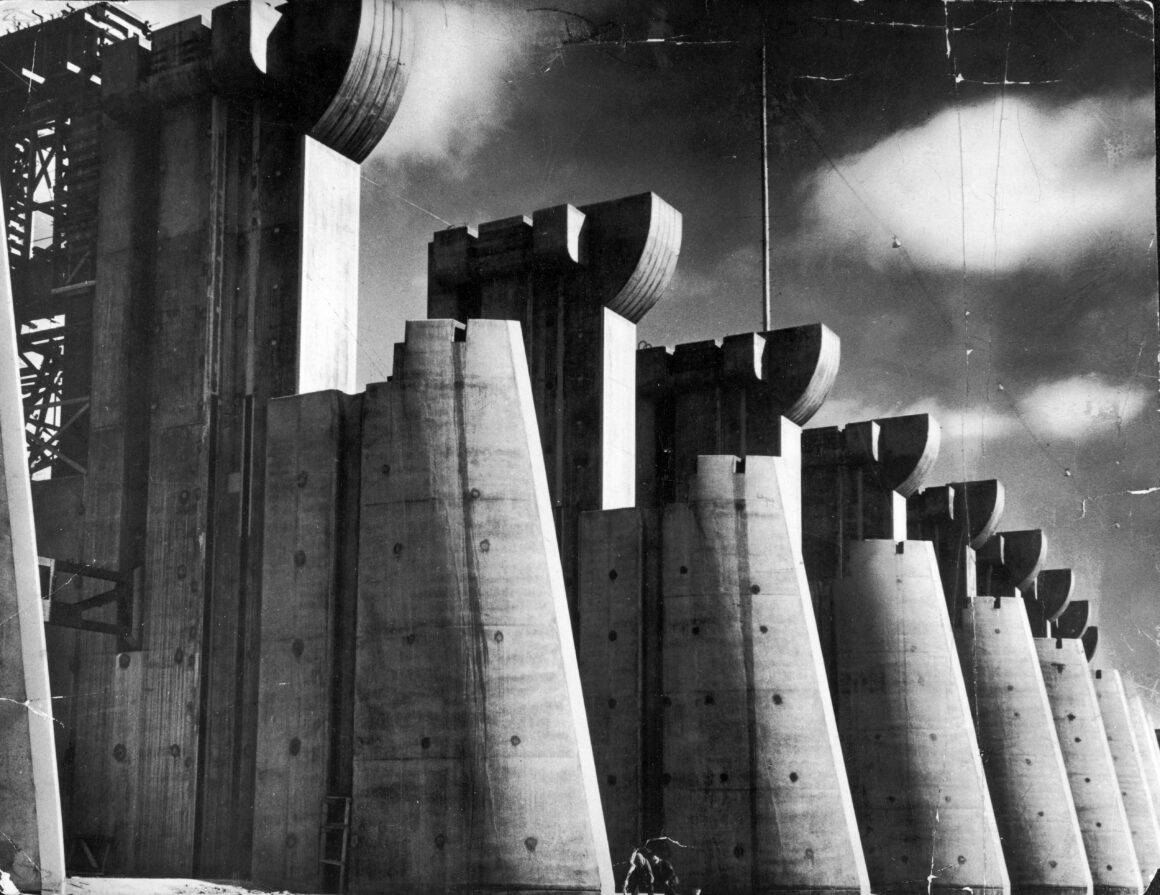
Why Is Margaret Bourke-White Important in the Photography World
Margaret Bourke-White’s importance in the photography world stems from her trailblazing role as a female photojournalist and her contributions to visual storytelling. At the time that Bourke-White started her career, photography was a male-dominated field, Bourke-White’s success and visibility in prestigious platforms, such as Life magazine and as a war correspondent, challenged the prevailing gender biases and opened new avenues for female photographers. Her work, which was notable for its intensity and ability to record significant historical moments, was important in the development of photojournalism.
What Are the Distinctive Features and Style of Margaret Bourke-White’s Photography
Bourke-White’s photography is celebrated for its unique blend of industrial prowess and human compassion. Early in her career, she gained recognition for her images of industrial plants and machinery, marked by a stark, geometric aesthetic that highlighted the modern industry. As she stepped into photojournalism, her style evolved to emphasize the human element within these grand narratives. Bourke-White’s photographs are notable for their compositional mastery, use of contrast, and the way she skillfully manipulated light and shadow to elicit emotion and convey deeper truths about her subjects. Her photography skill and humanity are still evident in her ability to capture the fragility and resiliency of people in the face of hardship.

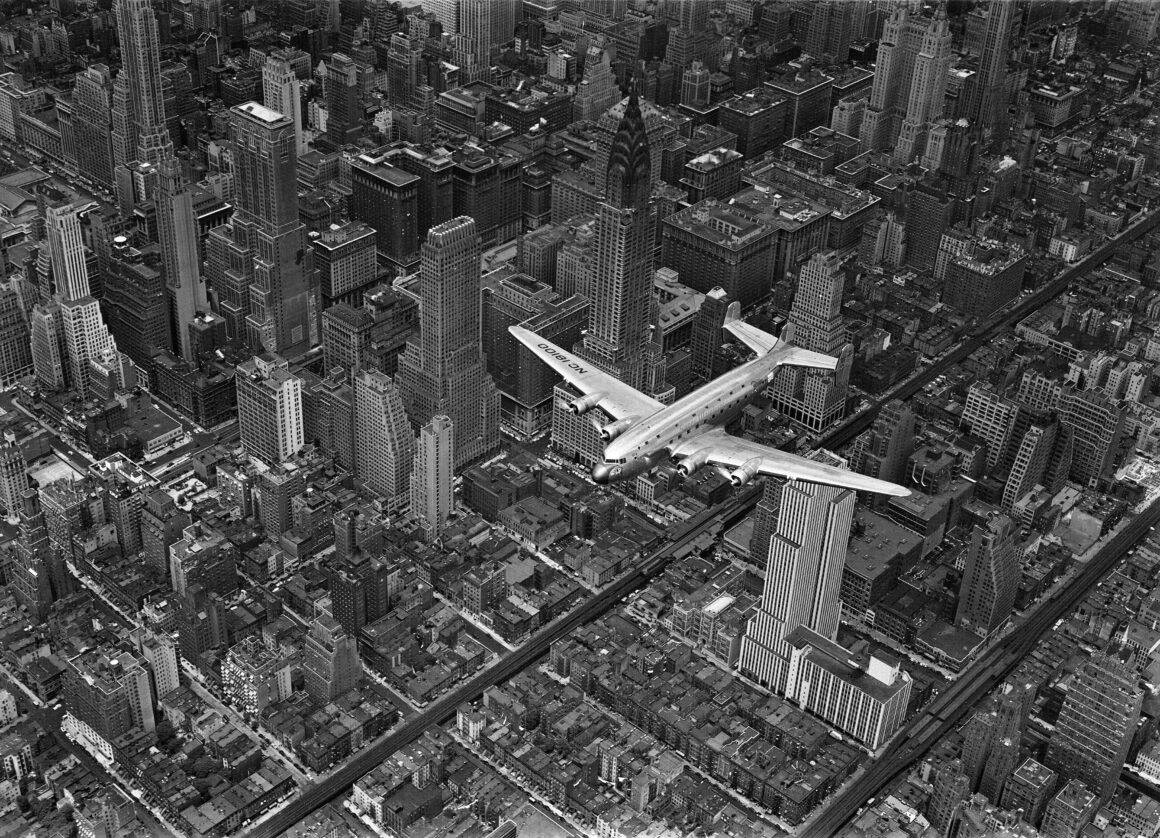

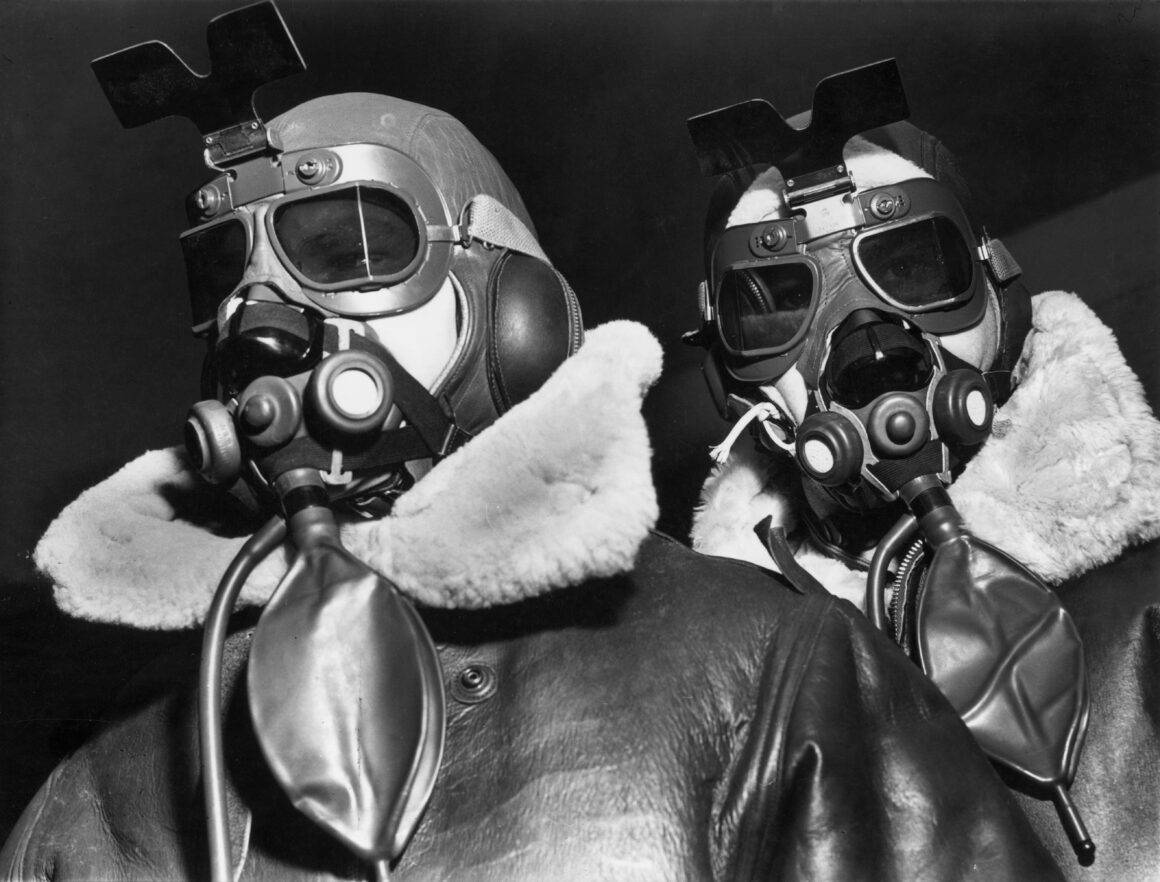
The Legacy of Margaret Bourke-White
One of Bourke-White’s notable assignments included photographing the Fort Peck Dam for Life magazine’s first cover in 1936. Her images of the dam’s construction captured the monumental scale of the project and the spirit of the American workers involved. Through her lens, the Fort Peck Dam became a symbol of American ingenuity and the New Deal’s impact on the American landscape. These photographs showcased her remarkable ability to convey the magnitude of industrial projects and also reflected her interest in highlighting human achievement and progress. However, she was not immune to criticism despite her significant contributions. One area of critique centers on her photo-essay work in South Africa during the early days of apartheid. While Bourke-White’s photography aimed to expose the racial injustices of apartheid to the American public, some criticisms have been raised about the depth of her portrayal of the resistance movements within South Africa. Her photo essay, “South Africa and its Problems,” was noted for its powerful depiction of the systemic oppression faced by Black South Africans. But, it has been critiqued for not fully acknowledging the burgeoning anti-apartheid resistance movements at the time. Bourke-White herself expressed regret that her work did not adequately capture the rise of these movements, feeling that this omission might have undermined the potential impact of her essays on American perceptions of apartheid.
Margaret Bourke-White’s autobiography, “Portrait of Myself,” offers an intimate glimpse into the life of a woman who traversed the globe, capturing moments of historical significance through her lens. Published in 1963, the book chronicles her journey from a young photographer to a renowned photojournalist, detailing her experiences in war zones, her groundbreaking work in the Soviet Union, and her personal challenges.
Margaret Bourke-White’s legacy in photography is indelible. As we celebrate Women’s History Month, her remarkable work in photojournalism and distinctive photographic style continue to inspire and influence. Her work left us with an enduring visual record of some of the 20th century’s most significant moments and documented the world with empathy, courage, and clarity.

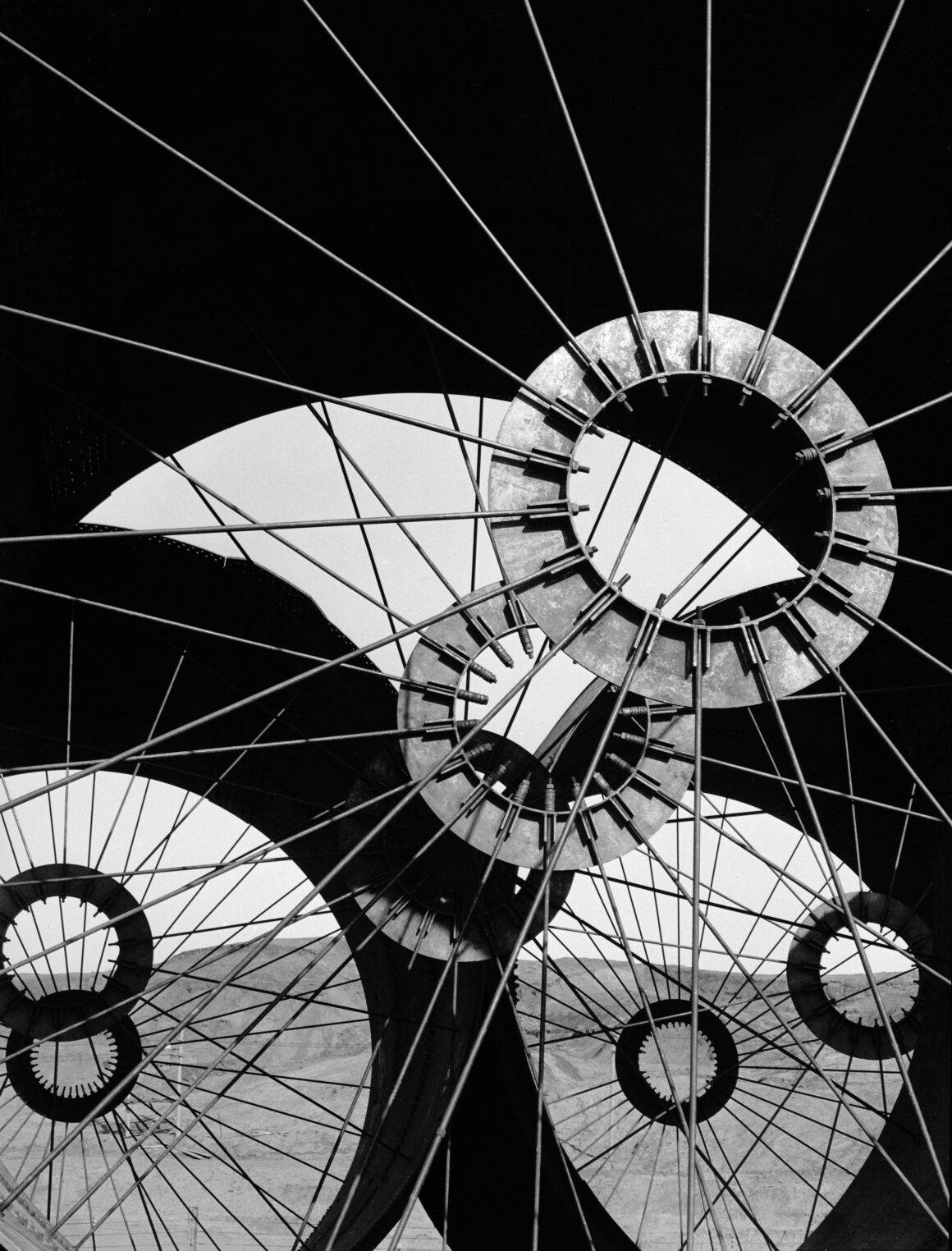
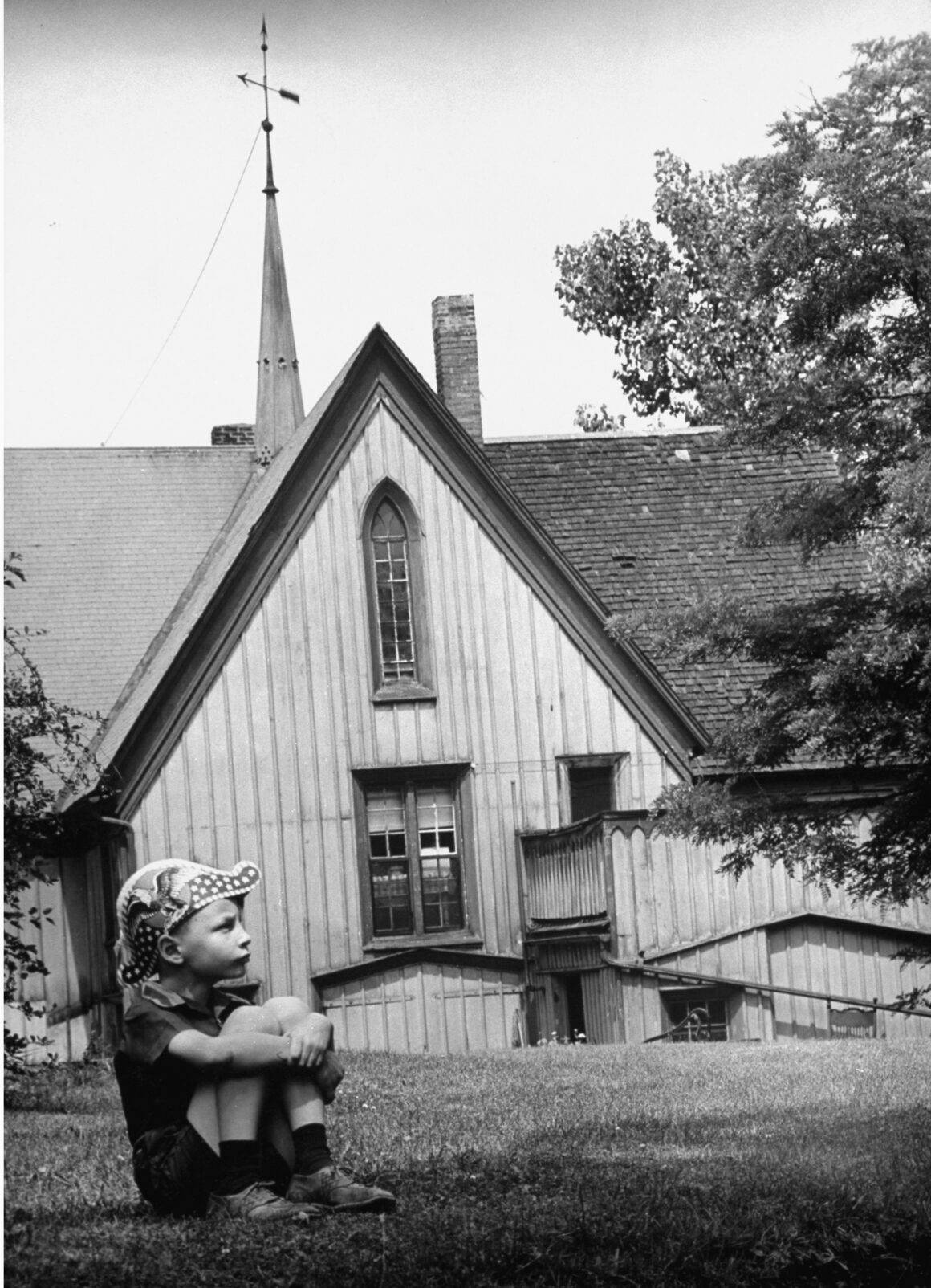
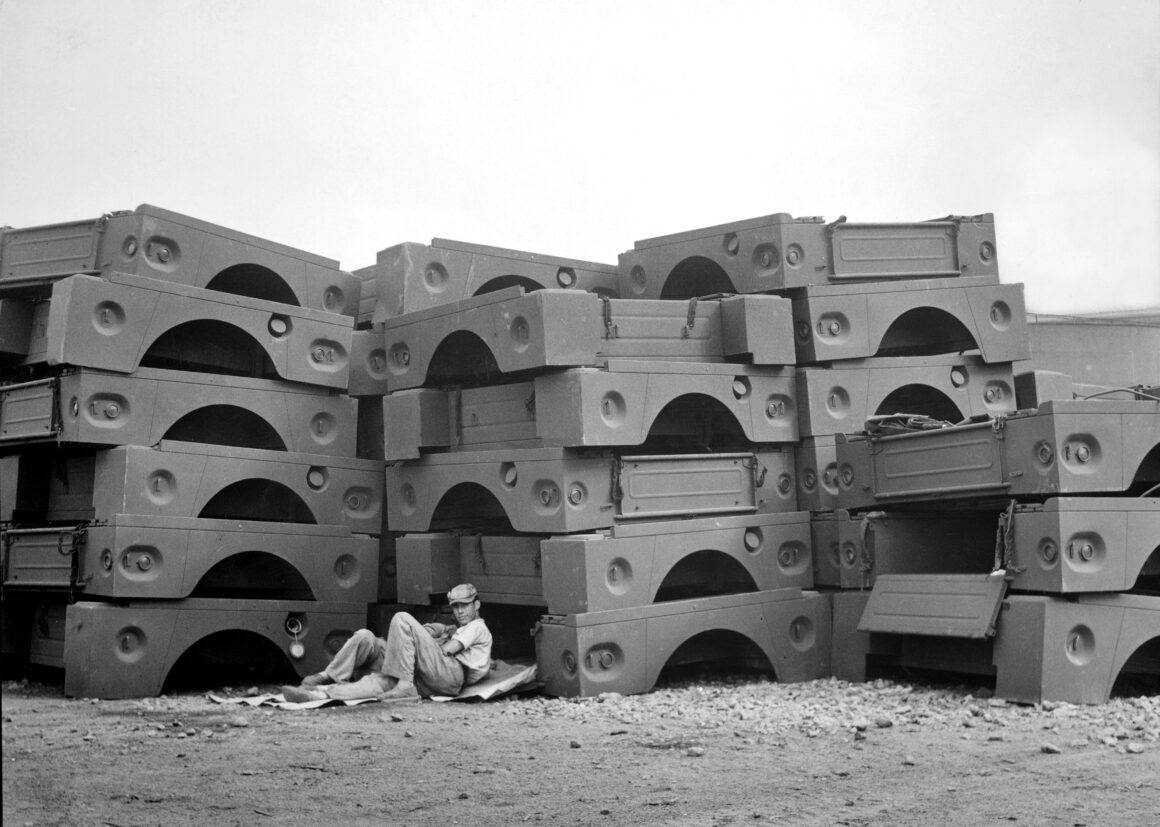

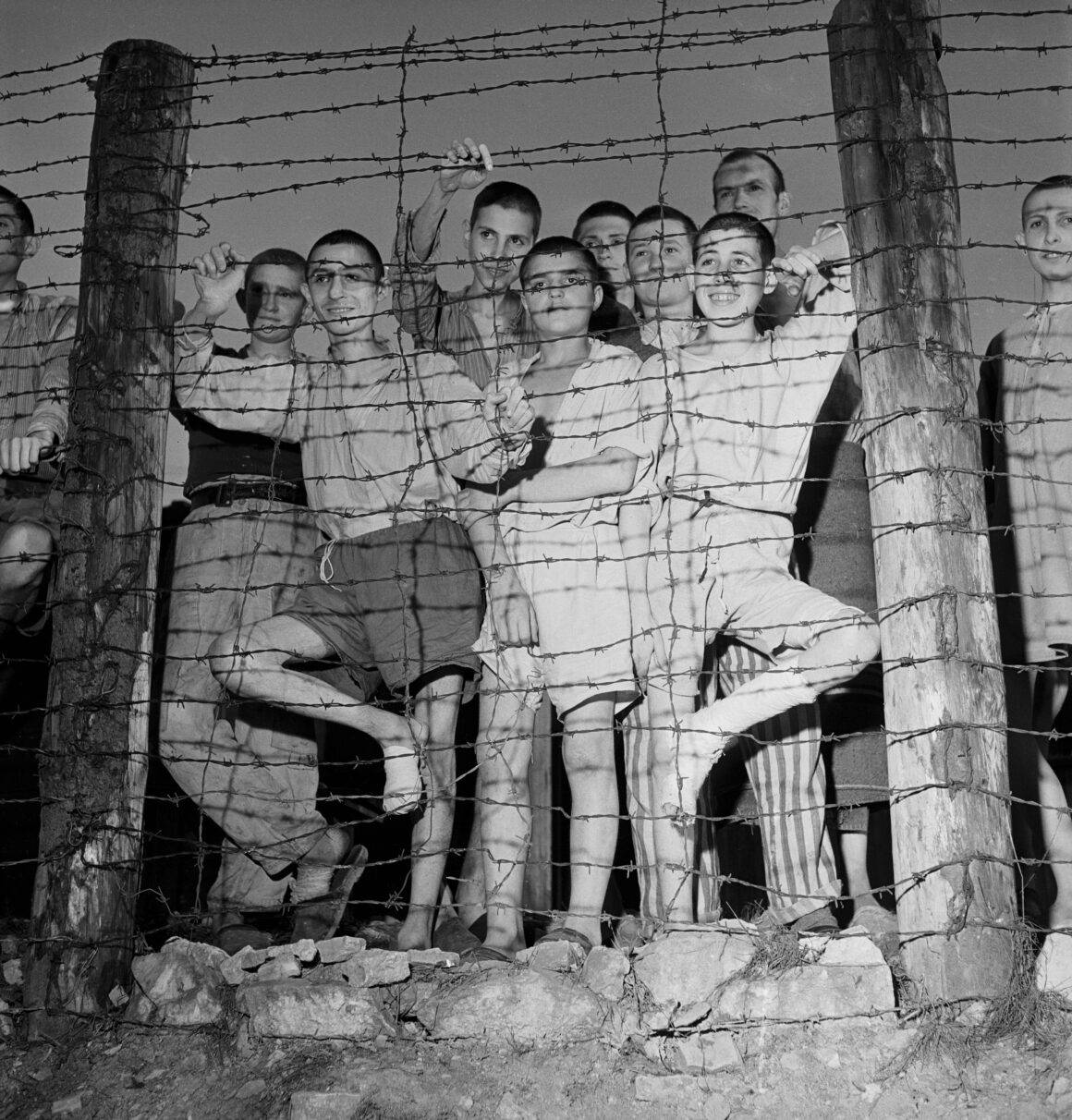


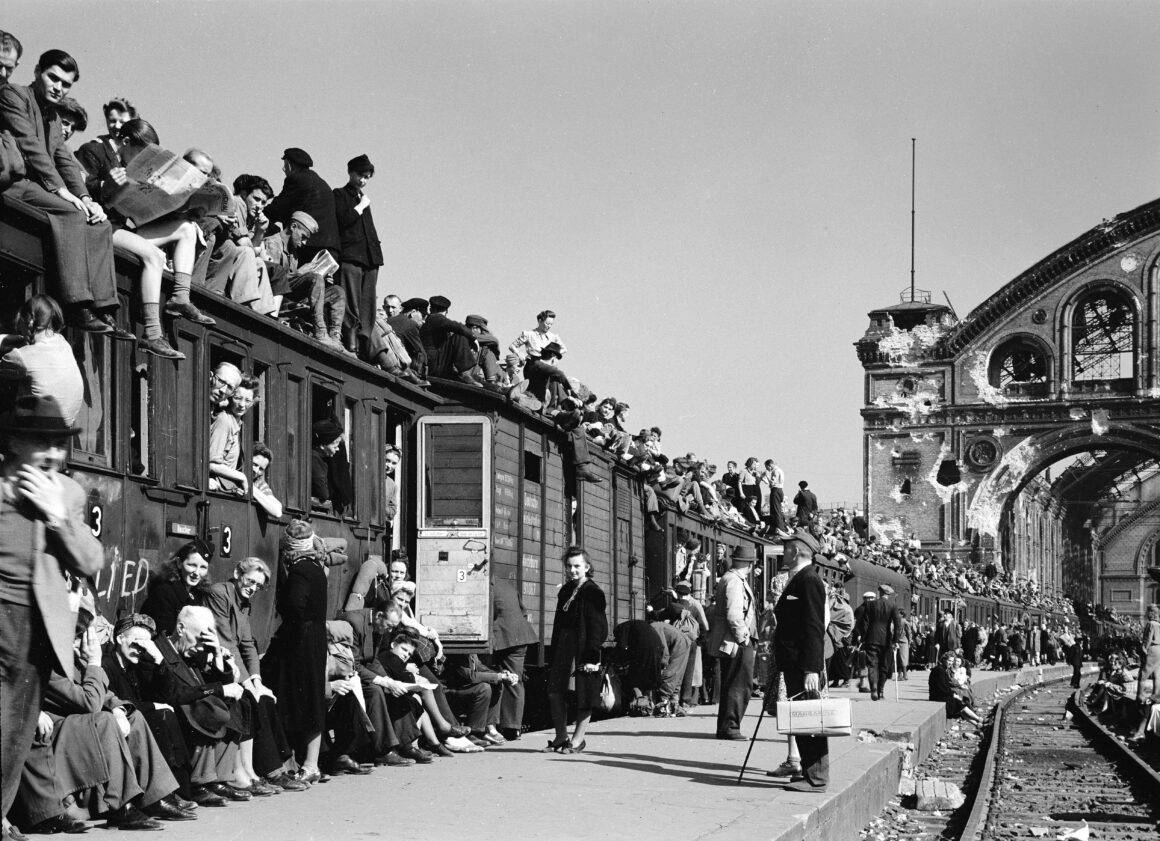
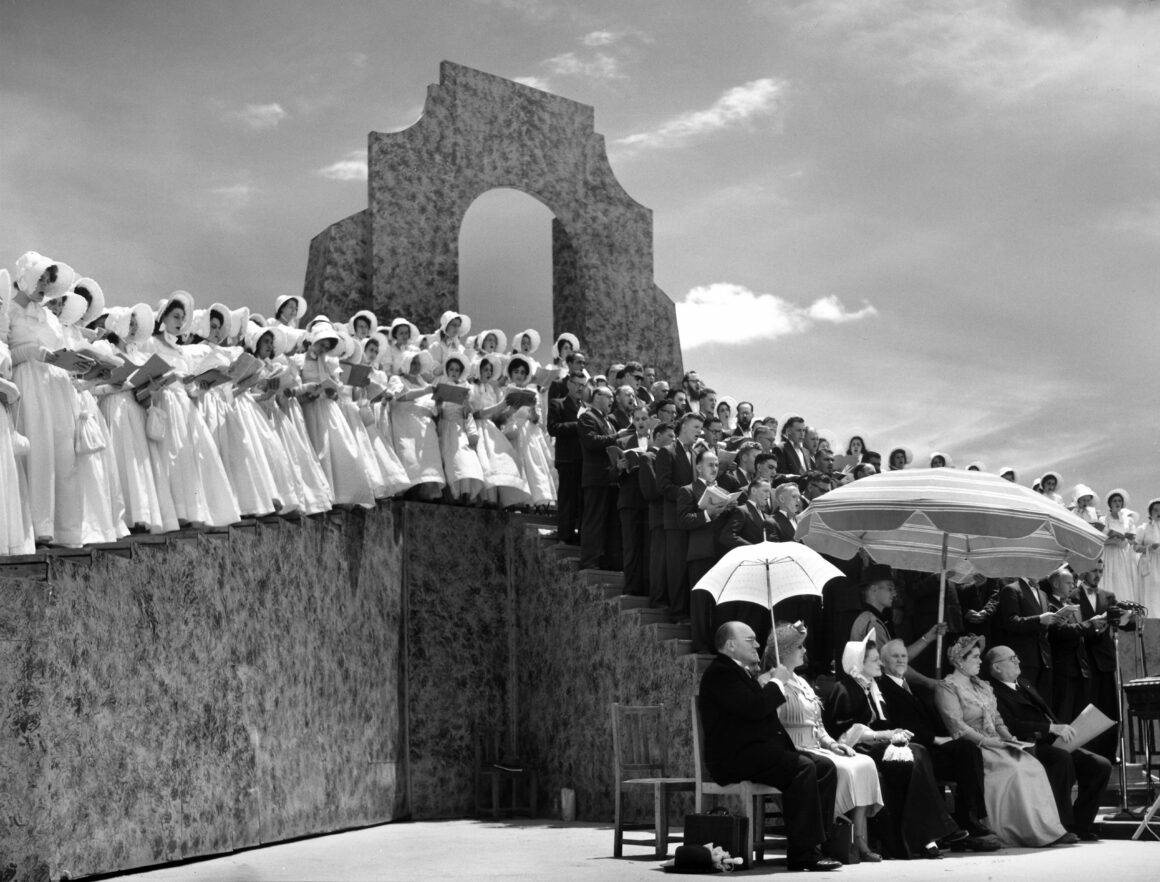
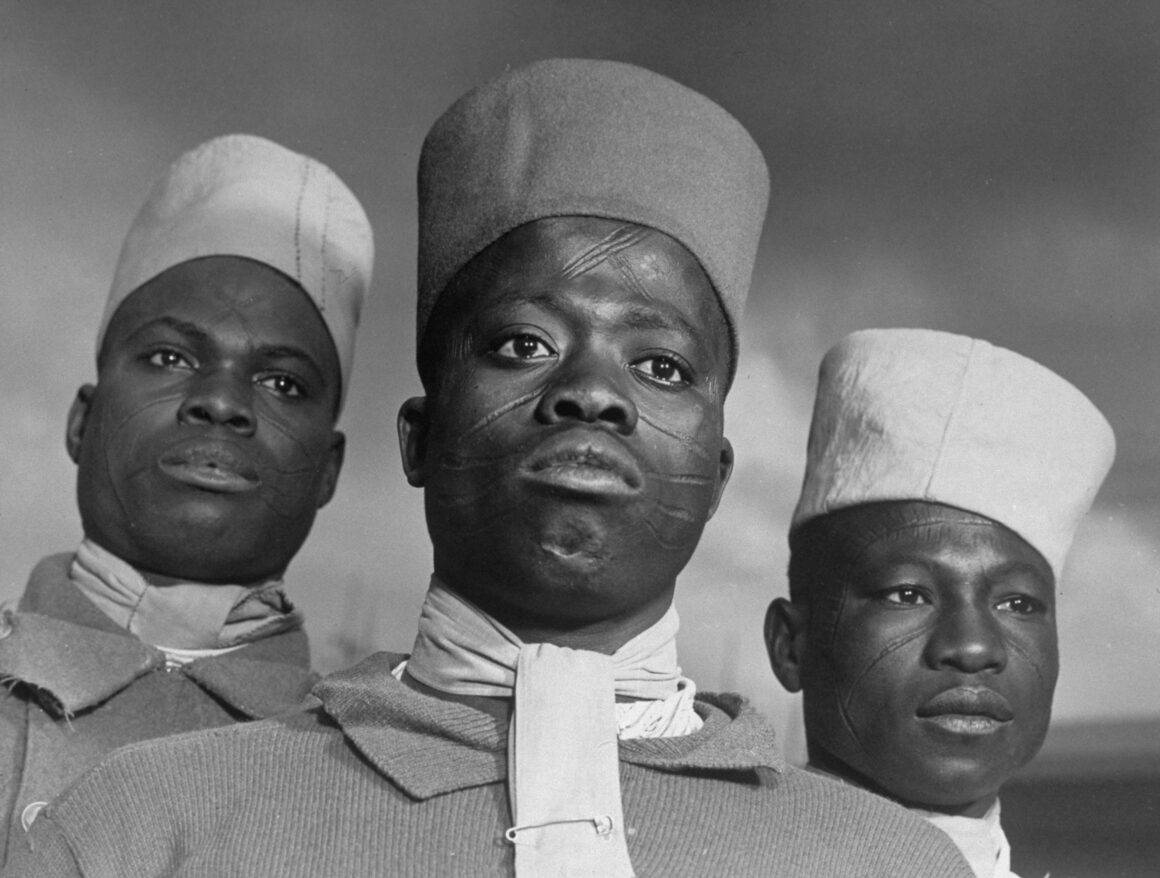
The credit of the cover photo: IMAGO / Pond5 Images | Portrait of Margaret Bourke-White, United States, 1943 Alfred Eisenstaedt.
Explore more photos from Margaret Bourke-White via IMAGO Archive.
Discover the influential photographers of history in The Game Magazine:
Black History Month: The Photographers Who Documented a Movement
Top Photographers in History: Ansel Adams’ Impact and Legacy
The Impact of Lewis Hine’s Photography, Shining a Light on Child Labour



